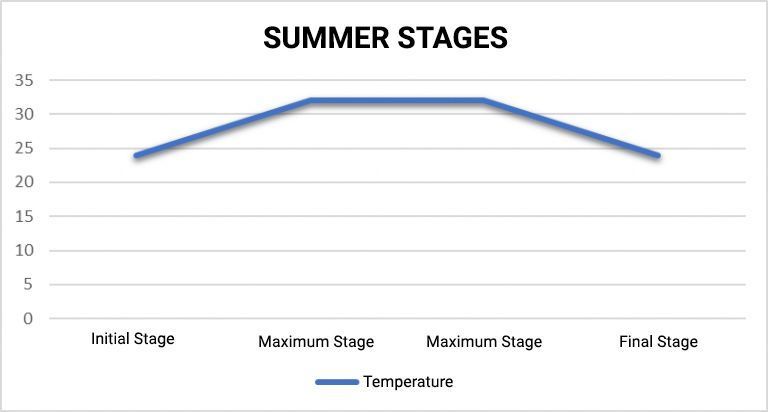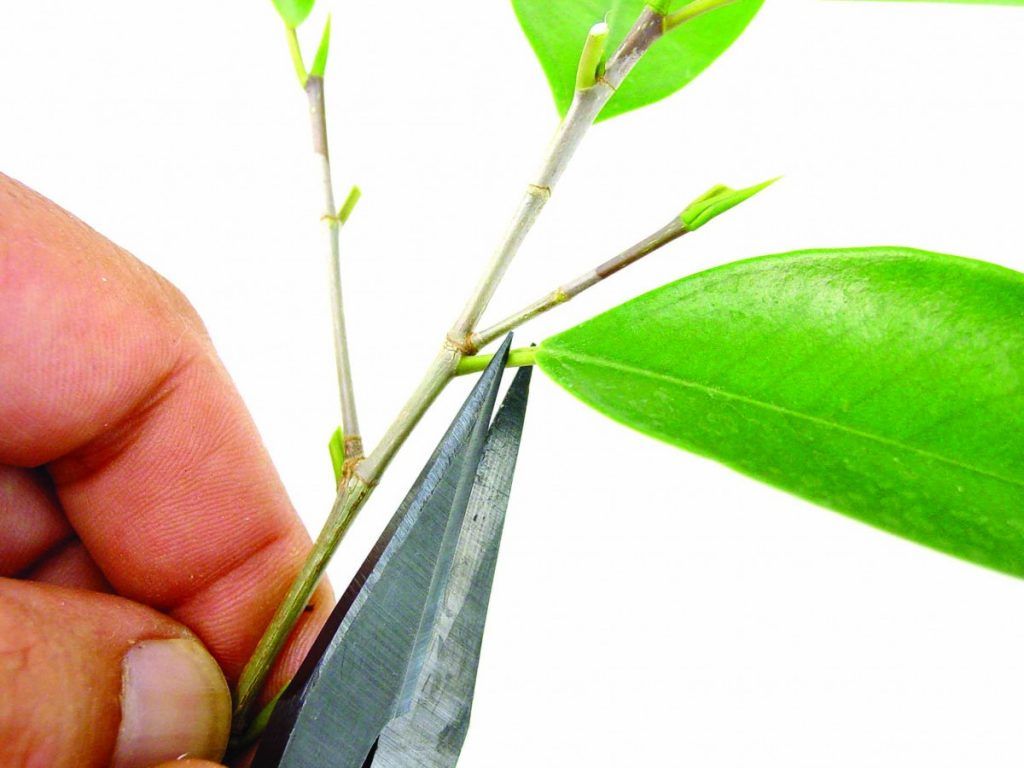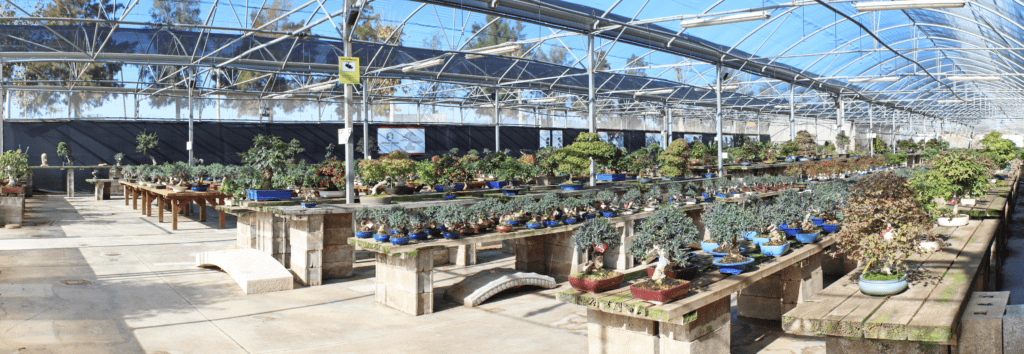Summer tasks on our bonsai
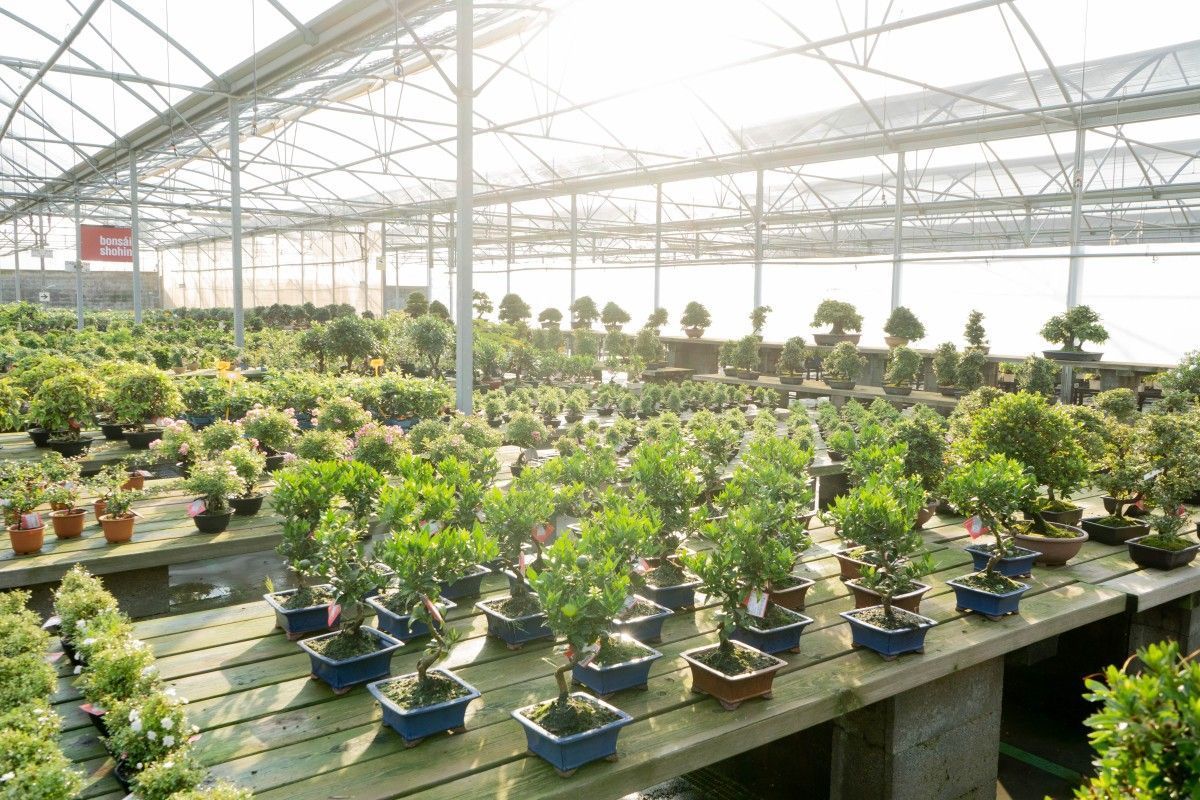
The Sun has arrived, the heat, the holidays and the trips to the beaches or mountains, but another season has also arrived, and our bonsai needs different work. The environment changed, so our trees react and evolve differently. Keep reading and I will explain all the jobs we can and cannot do during the summer.
During the summer, as temperatures rise, they force the tree to close the stomata (leaf organs through which the plants breathe). This stops the pumping of raw sap from the roots to the leaves. The bonsai, then, makes the least possible effort to avoid losing excess water. Consequently, growth decreases and its activity slows down until temperatures begin to drop in late summer.
Summer stages
It is important to know that the summer can be divided into three stages. This will help you a lot to decide what work to do.
Initial stage: This stage goes from the beginning of summer (when the temperatures exceed the maximums of spring), they remain stable and continue to grow, until it reaches 30/32ºC.
Maximum stage: It is the summer period where the temperature is higher than 30/32ºC, and plants slow down their growth.
Final stage: This is the period from the drop in temperature below 30 / 32ºC, from the end of summer to the beginning of autumn. Plant growth is reactivated again.
I will show you this in the graph below:
Summer Early Stage Tasks
Fertiliser: I can continue fertilizing with the spring fertiliser, rich in nitrogen, to give a final boost to the growth of our bonsai.
Using the liquid-solid combination. It can be Bio-Gold or Joy Tamashi (solid fertilisers) together with liquid Nutribonsái or Green King fertilisers.
The reason is very simple, these 4 fertilizers have more nitrogen, that is why they are located within the growth fertilisers.
Wiring: Whenever you need it, you can easily wire your trees. There is sap circulation and it will help you improve the aesthetics of your bonsai.
Pruning: This time can also be for pruning what is left of the spring pruning. Here, try not to make very drastic or large cuts, as they will take longer to heal. But if it must be done, well, we protect them with sealing paste.
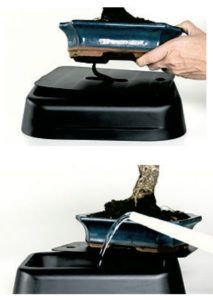
Remember that, if you are going out for the weekend to the beach or mountain, you should call your best friend to take care of your bonsai during that period. The Hidrobonsai system can also be a great ally. This system will allow your bonsai to be hydrated that weekend that you have taken as a deserved rest.
Pinching: Although you can pinch it, as it is a stage of growth, it is preferable to let your entire tree finish sprouting, so that at the end of the summer or in the fall you do the final pinching.
Defoliation: The beginning of this stage is suitable for applying the defoliation technique. Remember that you should not defoliate a weak bonsai. The defoliation technique consists of removing all the leaves from your bonsai. Not all species defoliate. We do this in the tropical and subtropical and in some Mediterranean species. The leaf is cut through the middle of the petiole. The petiole is the structure that unites the leaf with the branch and is normally a small, elongated stem.
The objective of this technique is that the leaves reduce their size, increase the number of leaves, the sun falls on the internal parts of the tree to generate shoots and thus bring the green closer to the trunk.
If this technique is well-done it can help a lot to improve the aesthetics of your tree, since by having a smaller leaf and the larger number of leaves, its image will be more real and closer to nature.
Phytosanitary: This stage is unfortunately the awakening of all pests, red or brown spider, mealybugs, aphids, whiteflies. Therefore, you should do a preventive treatment at the beginning of this month with a multipurpose systemic insecticide.
The red or brown spider must be treated with acaricides. Repeat its application as many times as necessary, respecting the frequency and dose indicated by the manufacturer. The aphid, the white fly and other insects, especially the mealybugs, although they are more frequent in spring, must be controlled, being recommended to apply preventive treatments.
Of these pests, the most dangerous is undoubtedly the red or brown spider, since, to the difficulty of detecting it with the naked eye, something that does not happen in other cases, its virulence is added. If suddenly we see that some leaves start to turn yellow and fall, we almost certainly have a red or brown spider. One way to make sure of this is to put a white piece of paper under our bonsai and lightly shake the branches and leaves. If it is indeed infected, we will see on the white surface some tiny red dots that move from one side to the other.
Another of the most common pests is the white fly, which is easily detected, since it forms small clouds of whitish insects that rise when you touch the top of the bonsai tree and are usually located on the underside of the leaves, where they deposit their eggs.
And we cannot finish this section without talking about mealybugs. They can have different shape and colour, presenting both a rounded and globular appearance, as flat or comma-shaped. They are easily detected since they tend to become attached to tissues rich in sap, leaf veins or unopened buds, and they excrete, like aphids, a sweet secretion from which ants feed. The presence of the latter in our bonsai may be indicative of infection of aphids or mealybugs, which they graze as if they were cattle, transporting them throughout the plant and from one tree to another.
In summary, be vigilant of your trees and before any pest onset, apply corrective treatment immediately, to prevent it from spreading to your other trees
Additional care: If you have looked for your sunscreen so that the sun’s rays do not burn your skin, the beginning of summer is a good time to put a black mesh on top of your outdoor bonsai. It begins to filter the sun rays that will fall more directly on them and thus protect them as well.
Summer peak stage tasks
At this stage we must cut the fertiliser in half since the tree, due to high temperatures, closes its stomata to avoid losing water, the sap stops circulating and the work of the roots decreases. This stage is known as summer lethargy.
Neither should we wire, prune or pinch it.
The only thing we must do in this period is not to fail in the irrigation technique, so as not to compromise the health of the tree. Protect it from the sun and hydrate it a lot
Phytosanitary: Be vigilant to pests favoured by excess irrigation and high temperatures. The red spider appears in hot and dry summers. We will reapply a specific acaricide against this pest in a preventive way.
Tasks of the final stage of the summer
Fertiliser: At this stage we must change the fertiliser. Now what we need is for our tree to start accumulating nutrients for fall and winter. Therefore, we must supply our tree with fertilisers rich in phosphorus and potassium.
Using the liquid-solid combination. It can be Bio-gold, Hanagokoro or Tosho Manzoku (solid fertilizers) along with liquid fertilizers such as Nutribonsai or Yorkey.
Wiring: You can wire what has been left or has come out of its place, there is circulation of sap again.
Pruning: You could prune if you left something out, but nothing big.
Irrigation: You must continue to monitor the irrigation.
Pinching: You can pinch the bonsai or wait for fall to do it.
Defoliation: Defoliation at this stage is no longer viable. It will not give the tree time to grow new shoots and its health will be compromised.
Additional care: As this stage progresses, we will dismantle the protections to prepare the tree for fall.
As you can see, in summer there is also a lot to do and plenty to watch out for.
Do not hesitate to check your trees every day, remember that you and your bonsai set out together. Keep walking alongside it in this wonderful art.
Lots of MUCHIGOMI at this stage and lots of hydration too…
See you soon!
You may also be interested in…
What do cherries, almonds and plums have in common? Discover the Prunus in the bonsai world
About the Author
Luis Alejandro Herrera
Spreading the art of bonsai is his passion. As a reference in the Latin American bonsai world, Luis studied and participated as an instructor for more than 15 years within the Venezuelan Bonsai Society. He had the opportunity to expand his knowledge with great masters from the world of bonsai like Pedro Morales, Nacho Marín; and within the European school with the Italian teacher Salvatore Liporace. He managed to be in the first place of the Caracas 2016 New Talents Contest and successfully completed the master class of the European School of Bonsai in Puerto Rico. During his career he has been a permanent instructor of the Venezuelan Society of Bonsai.
Categories
Bonsai Care & Seasonal Work (36)
Bonsai Pottery (4)
Bonsai Publications (10)
Bonsai Repotting (6)
Bonsai Soil & Fertiliser (5)
Bonsai Species (39)
Bonsai Watering (4)
Mistral Bonsai Corporate (12)
Prebonsai & Shohin Bonsai (3)
Techniques & Bonsai Tools (15)
Uncategorized (1)

